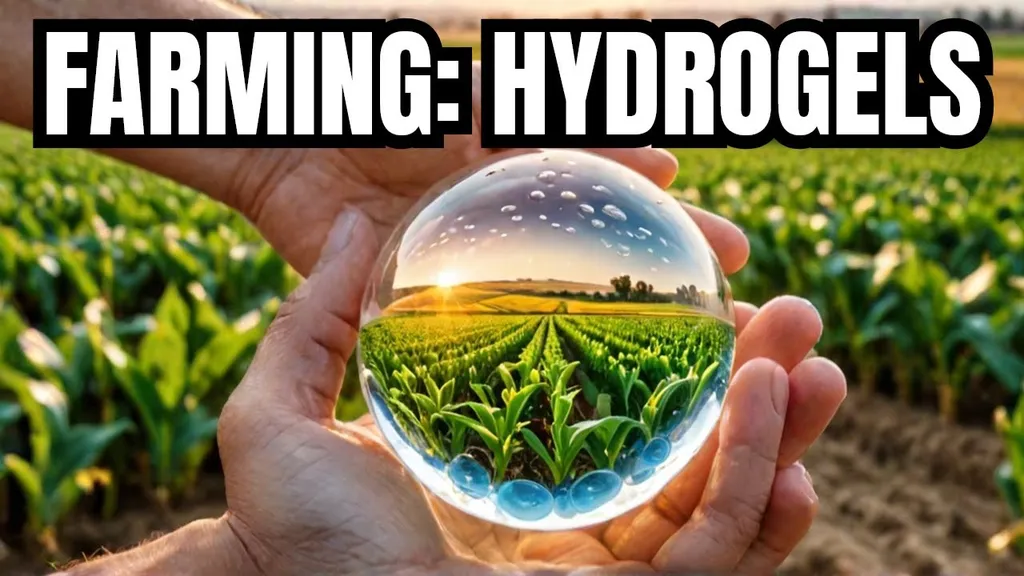In the quest for sustainable agriculture, researchers have developed a biodegradable hydrogel that could revolutionize fertilizer use and mitigate environmental impacts. The innovation, led by Abrar Ali Khan at the University of Limerick’s Stokes Laboratories, combines polyvinyl alcohol, chitosan, and aminated lignin to create a dual crosslinked hydrogel capable of encapsulating struvite, a slow-release phosphate fertilizer.
The global demand for food production has led to excessive fertilizer use, depleting freshwater resources and causing environmental challenges. This new hydrogel aims to address these issues by offering a controlled release of nutrients, enhancing efficiency, and reducing waste. “Our study highlights the potential of lignin-based hydrogels as eco-friendly platforms for nutrient-efficient fertilizer delivery,” said Khan. “This offers a promising pathway toward sustainable agriculture.”
The hydrogel’s structure and functionality were characterized using various analytical techniques, including FTIR, SEM, XRD, and TGA. The pristine formulations exhibited high water-holding capacity with non-Fickian swelling behavior, reaching swelling values up to 706 ± 20.7%. Upon struvite loading, the swelling capacities reduced significantly, indicating enhanced matrix density and encapsulation efficiency.
Phosphate release studies in an acidic citric solution (pH 3.3) demonstrated sustained release over 6-7 days. Kinetic modeling confirmed a super case II transport mechanism and dominant diffusion-controlled release, while a poor fit to pseudo-first-order kinetics indicated nonconcentration-dependent behavior.
This research, published in the journal Global Challenges (translated to “Global Challenges”), could significantly impact the agricultural sector by providing a more sustainable and efficient fertilizer delivery system. The use of lignin, a byproduct of the paper and pulp industry, adds an economic dimension, potentially reducing waste and creating value from an otherwise underutilized resource.
The implications for the energy sector are also noteworthy. As the world shifts towards sustainable practices, innovations like this hydrogel can contribute to reducing the environmental footprint of agriculture, which in turn supports broader sustainability goals. The controlled release of nutrients can lead to more efficient crop production, reducing the need for excessive water and energy inputs.
Khan’s work opens doors for future developments in the field of sustainable agriculture. By focusing on eco-friendly materials and efficient nutrient delivery, researchers can continue to innovate and address the pressing challenges of food production and environmental conservation. This study is a step forward in the journey towards a more sustainable and efficient agricultural future.

